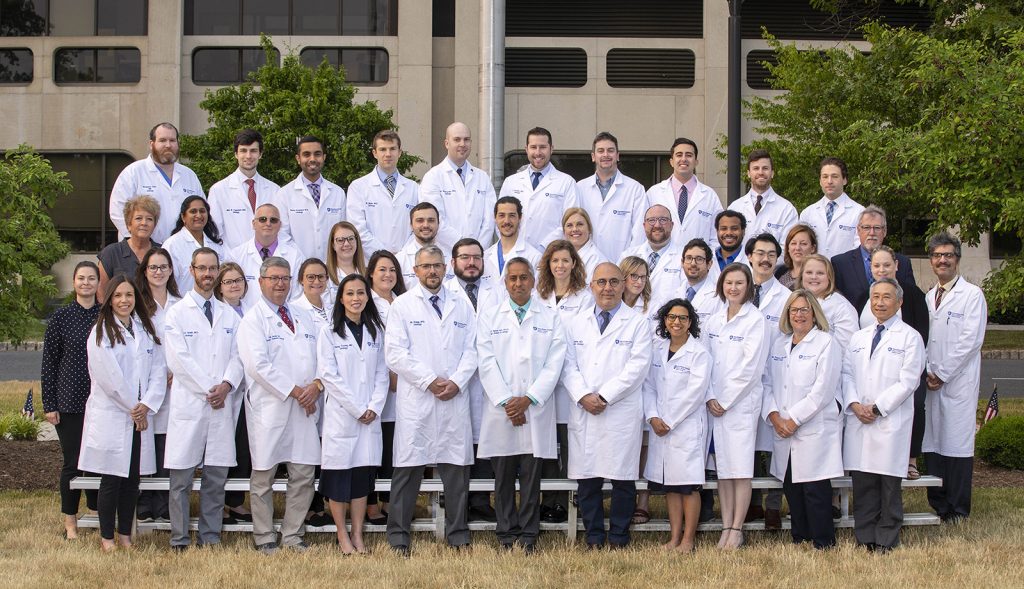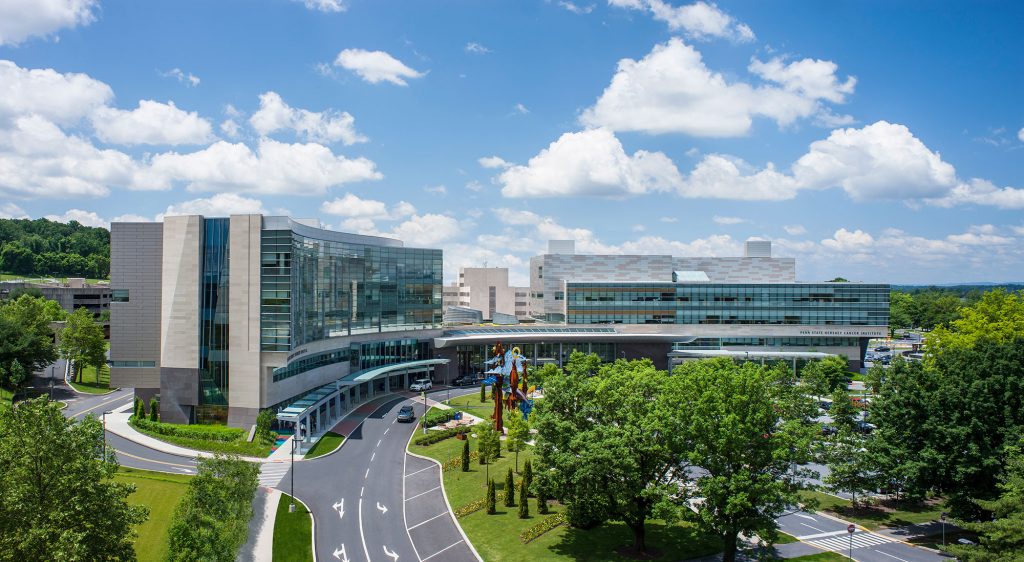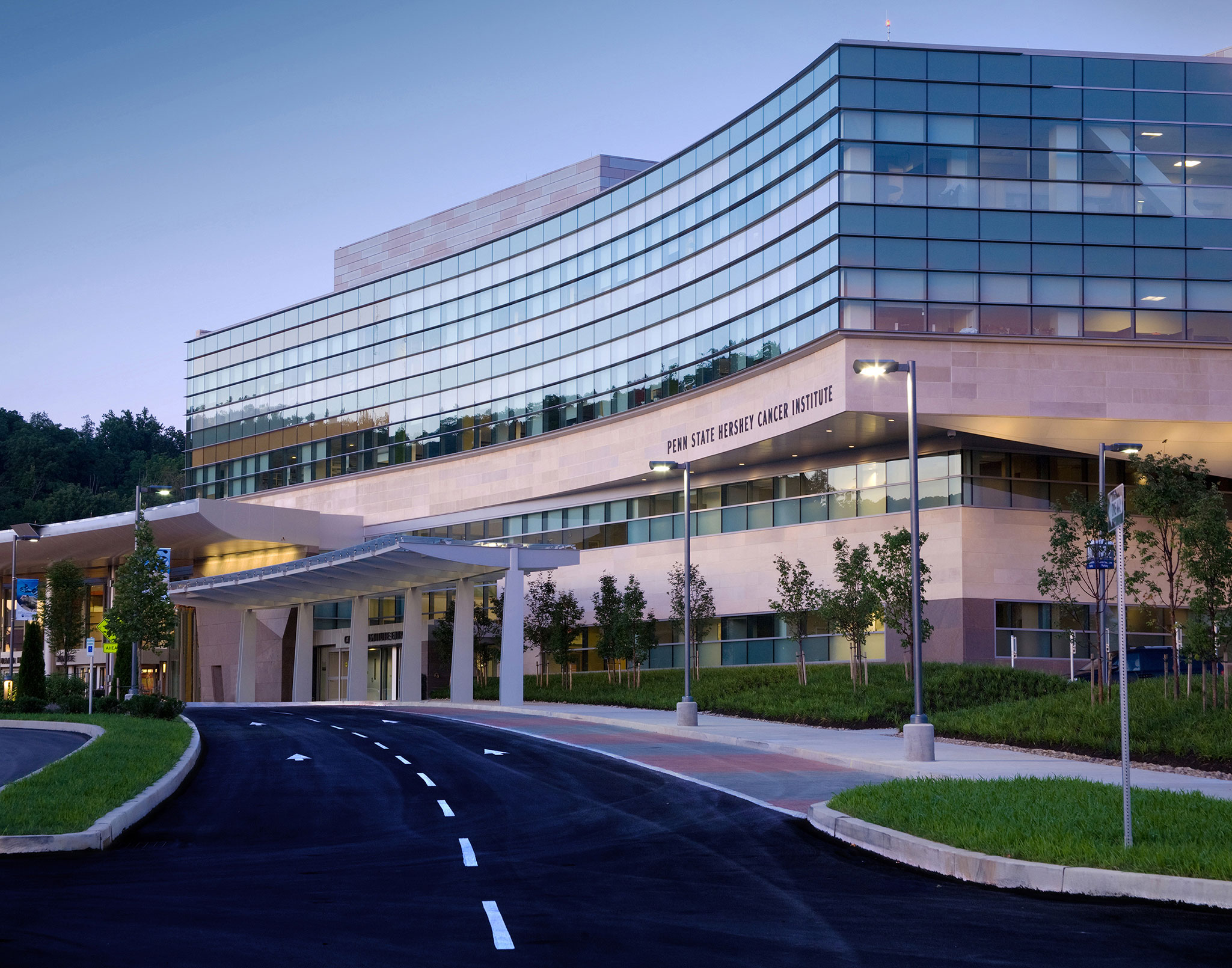Jump to topic
Search
Program Details

Members of the Department of Urology
The Urology Residency is intended to develop a superb urologist who has as their primary concern the health and well-being of the patient. The program fosters lifelong learning skills, an appreciation for research and the ability to critically evaluate future medical and surgical therapies to enable the physician to incorporate valuable newly developed treatments into practice.
The program offers residents progressive responsibility over a large patient population in clinical and surgical settings, culminating in the resident demonstrating independent management of all urologic problems. The program provides the resident with the skills to excel as an independent urologic clinician.
Learn More about the Residency
Prerequisites
To begin the Urology Residency, applicants must be graduates of an approved medical school.
Note that acceptance into the Urology Residency will automatically assure the applicant of a PGY-1 position in the General Surgery Residency; it is not necessary to apply separately to the surgery residency program.
Applicants who are offered interviews, match into our residency program, and successfully complete the residency in urology, will be able to apply for admission to the certification process of the American Board of Urology. Please refer to the American Board of Urology website for additional information.
Application Process
All applications must be made through ERAS (Electronic Residency Application Service).
After careful review of all applications, applicants will be invited for interviews. It is impossible to invite every applicant for interview; those applicants invited will be notified and asked to select one of several days set aside for individual interviews, tours of the facility and time to meet with current residents.
Match Process
In addition to applying via ERAS, applicants must also register through AUA for the American Urological Association (AUA) Residency Match for Urology.
With questions about that match, write to AUA Residency Matching Program, 2425 W. Loop South, Suite 333, Houston, TX 77027-4207; call 713-622-2700, ext. 86, fax 713-622-2898; or email resmatch@auanet.org.
The AUA assigns match numbers to applicants and programs and sends preference list forms to applicants and programs. Applicants and programs then send the completed forms to the AUA in January. The AUA performs the match and sends results to applicants, medical schools and urology training programs.
Visiting Residents
The Urology Residency accepts visiting residents; applications for that are handled through the Office of Graduate Medical Education.
Virtual Tour
Penn State Health
Penn State Health is a multi-hospital health system serving patients and communities across 29 counties of Pennsylvania. Its mission is to improve health through patient care, research, education and community outreach.
In December 2017, the system partnered with Highmark Health to facilitate creation of a value-based, community care network in the region. The shared goal of Highmark and Penn State Health is to ensure patients in the community are within:
- 10 minutes of a Penn State Health primary care provider
- 20 minutes of Penn State Health specialty care
- 30 minutes of a Penn State Health acute care facility
Learn more about Penn State Health

Penn State Health Children’s Hospital (left), Penn State Health Milton S. Hershey Medical Center (center) and Penn State Cancer Institute (right)
Penn State Health Milton S. Hershey Medical Center
500 University Dr., Hershey, Pa., 17033 (Derry Township, Dauphin County)
- The health system’s 647-bed flagship teaching and research hospital
- The only medical facility in Pennsylvania accredited as both an adult and a pediatric Level I (highest-level) trauma center
- Dedicated surgical, neuroscience, cardiovascular, trauma and medical intensive care units
- Accredited Life Lion critical-care transport providing more than 1,100 helicopter and approximately 750 ground ambulance transports per year
- More than 1,300 faculty members and more than 650 residents and fellows
- Approximately 29,000 admissions, 73,000 emergency department visits, 1.1 million outpatient visits and 33,000 surgical procedures annually
- Designated as a Magnet hospital since 2007
Learn more about Milton S. Hershey Medical Center
Penn State Health Children’s Hospital
600 University Dr., Hershey, Pa. 17033 (Derry Township, Dauphin County)
- An eight-story, 263,000-square-foot-facility built in 2013 and expanded in 2020
- 146 licensed pediatric beds, 18 acute care beds and a 56-bed neonatal intensive care unit
- Level IV (highest-level) neonatal intensive care unit
- Level I quaternary (highest-level) pediatric intensive care unit
- Level I (highest-level) pediatric trauma center designation
- Intermediate care unit
- Dedicated pediatric operating rooms
- More than 150,000 pediatric outpatient visits and approximately 5,000 pediatric patient discharges annually
Learn more about Penn State Health Children’s Hospital

Penn State Cancer Institute
Penn State Cancer Institute
400 University Dr., Hershey, Pa., 17033 (Derry Township, Dauphin County)
- The region’s only comprehensive cancer center
- Clinical services offered at the institute in Hershey, Pa., as well as in State College, Pa. (in partnership with Mount Nittany Health) and Reading, Pa., at Penn State Health St. Joseph
- Five floors, with ground level and first two devoted to patient care and top two housing research labs
- Infusion therapy suites, private chemotherapy rooms and a state-of-the-art radiation oncology suite
- Dedicated chemotherapy and infusion pharmacy
Welcome to Hershey
More About Hershey
Interested in learning more about living and working in Hershey, Pa.? See details here:
Wellness, including emotional, spiritual, social and physical health, is a crucial component to training and to becoming a professional, compassionate and resilient physician. Self-care is a skill which must be continually practiced and reinforced. Penn State College of Medicine and Penn State Health are committed to addressing wellness among residents and fellows, with multiple resources readily available.
Institutional resources
- Visit BeWell – a health program designed to support Penn State Health employees
- See Penn State College of Medicine wellness resources here
- Employee Health Care Concierge and Case Management Service
- Partners in Medicine
Moving to a new city with your family does not have to be stressful. Residency programs have assisted many significant others with finding employment. There is also a GME-Wide Partners in Medicine (PIM) group that offers networking opportunities as well as various social and community oriented activities. - The Doctors Kienle Center for Humanistic Medicine
- Active and easily accessed Office of Professional Mental Health
Graduate medical education resources
Institutional Resources
Penn State Health and Penn State College of Medicine celebrate, embrace and support the diversity of all patients, faculty, staff, students and trainees.
Office for Diversity, Equity and Inclusion
In keeping with this, Penn State Health has an active Office for Diversity, Equity and Inclusion with various programs, networks and resource groups, including:
- Talks and lectures on diversity, equity and inclusion through the Inclusion Academy
- Regular events on topics such as eradicating racism and creating a culture of inclusiveness
- Many Business Employee Resource Groups (BERGs), including:
- Disability Business Employee Resource Group
- Interfaith Business Employee Resource Group
- LGBTQ+ Business Employee Resource Group
- Military and Veterans Business Employee Resource Group
- Multicultural Business Employee Resource Group
- NextGen Business Employee Resource Group
Learn more about the Penn State Health Office for Diversity, Equity and Inclusion
Learn more about the College of Medicine’s Office for Diversity, Equity and Belonging
Office for Culturally Responsive Health Care Education
The vision at Penn State College of Medicine and Penn State Health is to equip learners with the knowledge, skills and attitudes they will need to provide culturally excellent health care and research for an increasingly diverse U.S. population. The Office for Culturally Responsive Health Care Education was formed to help meet that goal.
Learn more about the Office for Culturally Responsive Health Care Education
Office for a Respectful Learning Environment
In addition, the institution does not tolerate discrimination, biases, microaggression, harassment or learner mistreatment of any kind, and any concerns are immediately addressed by the Office for a Respectful Learning Environment.
Learn more about the Office for a Respectful Learning Environment
Network of Under-represented Residents and Fellows
The Network of Under-represented Residents and Fellows (NURF) is a group of diverse residents and fellows representing all specialties. NURF’s goal is to promote cultural diversity in the residency programs through community involvement, mentorship with diverse faculty, professional networking and support for the recruitment of diverse medical students into the residency programs.
NURF is sponsored by the Penn State College of Medicine Graduate Medical Education Office and the Penn State Health Office for Diversity, Equity and Inclusion.
The Urology Residency offers robust educational support to help our residents achieve success. This includes:
- Textbook stipend
- Purchase of surgical loupes
- Tablet stipend
- Attendance of AUA Fundamentals in Urology
- Attendance of AUA Board Review Course
- Financial support for travel to present research at regional and national meetings
Mailing Address
Penn State Health Milton S. Hershey Medical Center
Department of Urology
500 University Dr., MC H055
Hershey, PA 17033-0850
General Contact Information
Fax: 717-531-4475
Curriculum Details
During the five-year integrated program, residents will first complete one year of internship under the direction of Department of Urology, which includes six months of general surgery and six months of urology. In the following four years, the resident is exposed to all urologic disciplines and provided with a graduated level of responsibility for the medical and operative management of patients.
Rotations are structured in a preceptorship model, allowing the resident to be in regular contact with one of the teaching staff urologists and exposed to one discipline of urology at a time.
This helps the learner to solidify their understanding of the “practice” of urology and hone their surgical skill set through repetition.
Each rotation is on average two months. Residents rotate multiple times on each of the various services throughout their five years.
Penn State College of Medicine and Penn State Health promote an environment of inquiry, and all residents are expected to participate in scholarly activity during their fellowship training.
Given the diverse interests of the faculty, the program has the ability to support scholarly interest in many areas, including basic science, clinical trials, outcomes research and medical education, and across all subspecialties of urology.
The Department of Urology benefits from robust research support, which includes two dedicated clinical research assistants and support for grants and IRB applications, industry-sponsored clinical trials, quality improvement initiatives, statistical analysis and observational research.
Residents are financially supported to travel and present research at regional and national meetings, and the program regularly has a robust showing of residents attending the Mid-Atlantic Section of the AUA and the AUA annual meetings, among others.
The educational curriculum in the Urology Residency is robust and well-rounded, providing didactic teaching across all disciplines of urology. The resident will be exposed to the entire curriculum twice throughout their residency allowing the learner ample time to garner the medical knowledge necessary to be a successful urologist.
6:30 to 7:30 a.m. Mondays
- Third Monday: Morbidity and Mortality
- Fourth Monday: Case Conference (mock oral exam)
6:30 to 8 a.m. Thursdays
- Every Thursday: Didactic Conference, including the following based on the monthly topic:
- Journal Club
- Genitourinary Radiology (7:30 to 8 a.m.)
- Simulation Center
- Every Thursday: Genitourinary Tumor Board (interested resident rotating on oncology)
- Third Thursday: Clinical Case Presentation
- Fourth Thursday: SASP Review
6:30 to 7:30 a.m. Fridays
- Every Friday: Preoperative Conference
Two to three on-site visiting professor programs are held yearly, allowing faculty, staff and residents to engage with current leaders in the field and network for future employment and research opportunities.
Fellow Honors and Recognitions
Penn State College of Medicine and Penn State Health Milton S. Hershey Medical Center accept ongoing nominations for the Exceptional Moments in Teaching award.
The award, given monthly by the Office for a Respectful Learning Environment, accepts nominations from College of Medicine students who are invited to submit narratives about faculty members, residents, fellows, nurses or any other educators who challenge them and provide an exceptional learning experience. See more about the award here.
Previous nominees from the Urology Residency are listed here. Click the + next to a nominee name to read their nominator’s comments.
The annual Resident/Fellow Research Day is held each year (with exception of during the COVID-19 pandemic) on and around the Penn State Health Milton S. Hershey Medical Center campus.
The intent of the event is to provide an opportunity for residents and fellows to showcase their research accomplishments to their peers in other clinical departments, as well as their colleagues in the basic sciences.
Learn more about Resident/Fellow Research Day here.
Previous presentations from the Urology Residency are listed here.
Latest News from Urology





